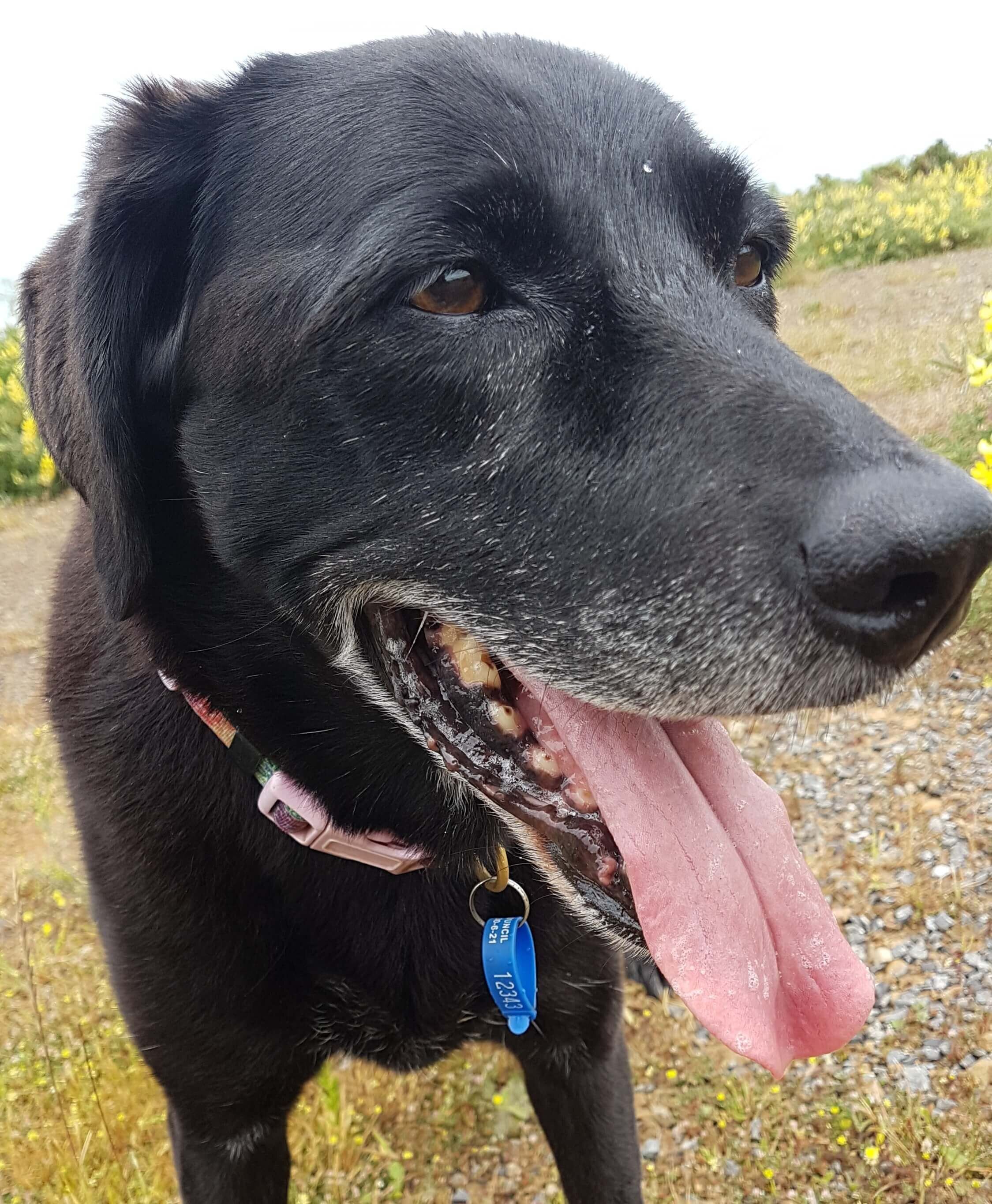How to stop your dog from eating things they shouldn’t
A few weeks ago, one of the members in the puppy raising with pet school Facebook group had to make the awful decision to put her puppy down. Her pup had swallowed something that couldn’t come out without a very expensive surgery and she was put in a heartbreaking situation.
So in today’s video I give you tips on how to stop your puppy from swallowing things they shouldn’t.
Dogs explore things with their mouths, because they don’t have hands
Most pups will pick up things to investigate them.
Some will eat first and ask questions later.
There are certain breeds and personalities who do this all the time and you’ll have to get to know your dog and puppy proof accordingly.
Some dogs don’t care about anything that’s lying around (like my little friend Bella who stays at my house a lot). When she comes to stay I only have to put the cat’s wet food up high but she doesn’t touch the cat biscuits or eat any of the kid’s toys or destroy anything else.
When Pickle (another regular overnight guest) comes to stay I have to put all the cat food up high and keep the floors clear of kid’s toys so she doesn’t chew on them. She doesn’t swallow them but she does like to chew on them and the kids find this a bit upsetting.
In my early days with Amelia she would destroy everything in sight and steal food off the counter, so nothing was safe.
And over my years of owning a Dog Daycare, we’d pick all sorts of fun things out of piles of poop - socks, collars, hair clips, parts of toys, even part of a wallet once!
Puppy proofing is crucial
It’s up to us to make sure that what they put in their mouths is safe.
Puppy proof your home. You need to make sure your dog can’t get to the remote, shoes, electrical cords, food on the counters, or take rocks from the garden. If they like to gnaw large rocks because they’re teething, that’s ok, but you don’t want them to swallow rocks.
If you can’t safely leave them unsupervised outside, then you’ll just need to manage them closely when they’re little.
You can give them a filled and frozen kong or a puzzle toy that will take a while to work through, and you can use baby gates, fencing or a play pen to restrict their movements while they’re outside so they can’t get into mischief.
Your pup will need a huge variety of toys
Get your pups toys of all different shapes, sizes and textures to figure out what they enjoy playing with.
But be careful because not all toys are created equally.
If your dog likes to dissect their toys, don’t buy soft toys with squeakers, stuffing and plastic eyes and noses that can be swallowed.
If your dog likes to play fetch with a ball, make sure the ball is large enough to not get stuck in their throat.
Give your puppy loads of things they can chew on and encourage them to play with those things. If they’re not that keen on a toy you’ve purchased, smear it in peanut butter, soak it in broth or smear cream cheese on it, and play with that toy and your puppy to make it really high value.
Select your dog treats carefully
Try to buy items that are natural and free from preservatives and throw out bones or chews when they get small enough to choke on.
Teach your dog the “Leave it” command
When you see your pup about to put something in their mouth, you can give this command and call them off it.
The Training Method for Leave It
As with all rewards based training, only move to the next step when your dog is successful at the step you’re on.
Pay attention to your own body language when you teach this, because your dog won’t understand the words you’re using, they’ll be looking at your entire body and trying to figure out what you want them to do.
Once you’ve finished all the steps, practice in different places and around distractions
Step 1
Close your hand over a treat and keep it closed. Puppy will sniff your hand.
When they finally look away or back off in frustration say “yes” and open your hand so they can get the treat
Step 2
Hold a treat in your open hand (but be ready to close your hand if your pup goes straight for the treat)
When they look away or back off say “yes” and give them the treat
Step 3
Hold the treat in your hand and say “leave it”
When your dog looks away or backs off say “yes” and give them the treat
Step 4
Put the treat on the ground and say “leave it”
When your dog looks away or backs off say “yes” and let them take the treat
Step 5
Practice the verbal command “leave it” in the real world with distractions and different items. Get them to walk past a plate of sausages, get them to let go of your hand if they’re mouthing it, get to them stop sniffing something in the grass.
Remember to reward each success with a treat or praise because they have just done something amazing!
For more puppy raising tactics, save your seat in my free masterclass
“3 Simple Tactics for Raising a Well-Behaved Dog”










